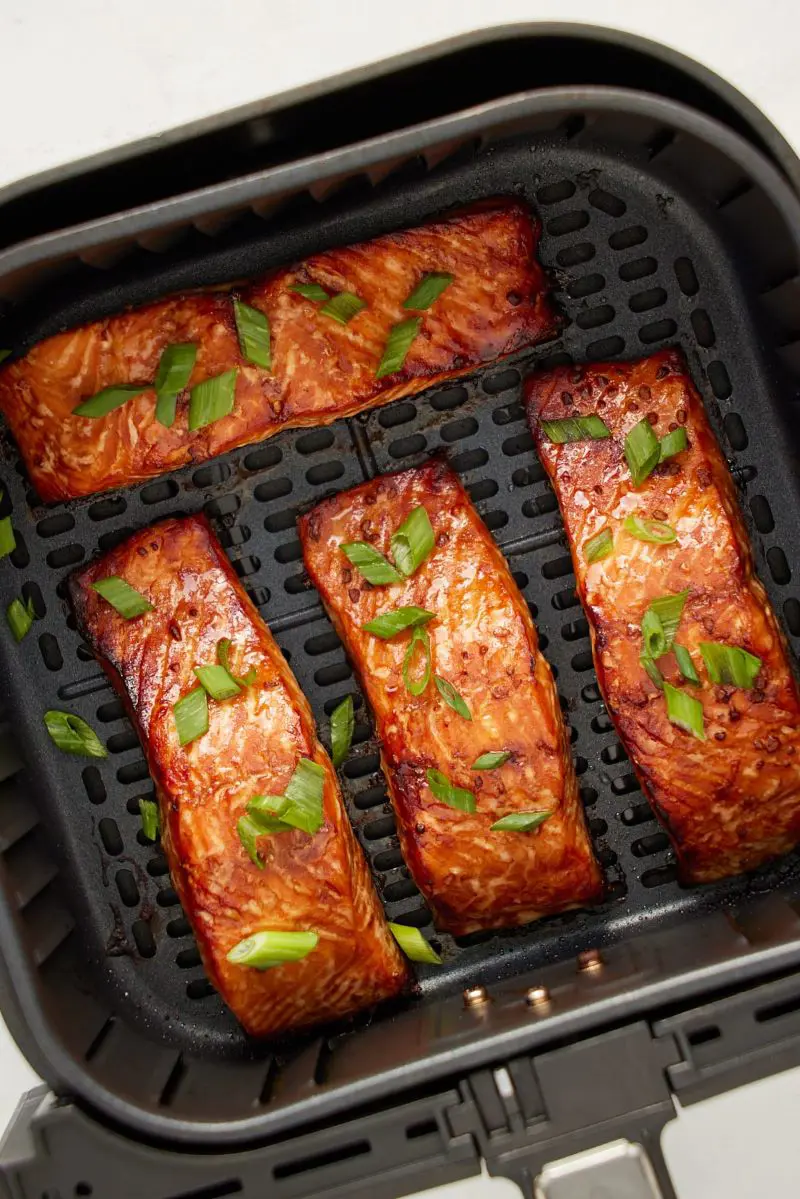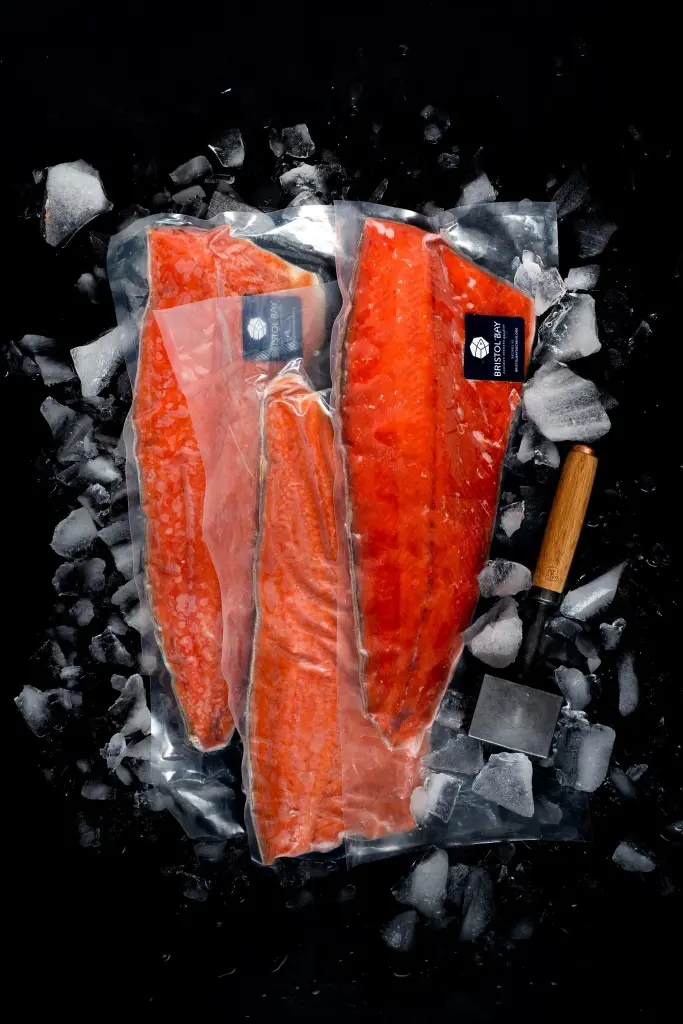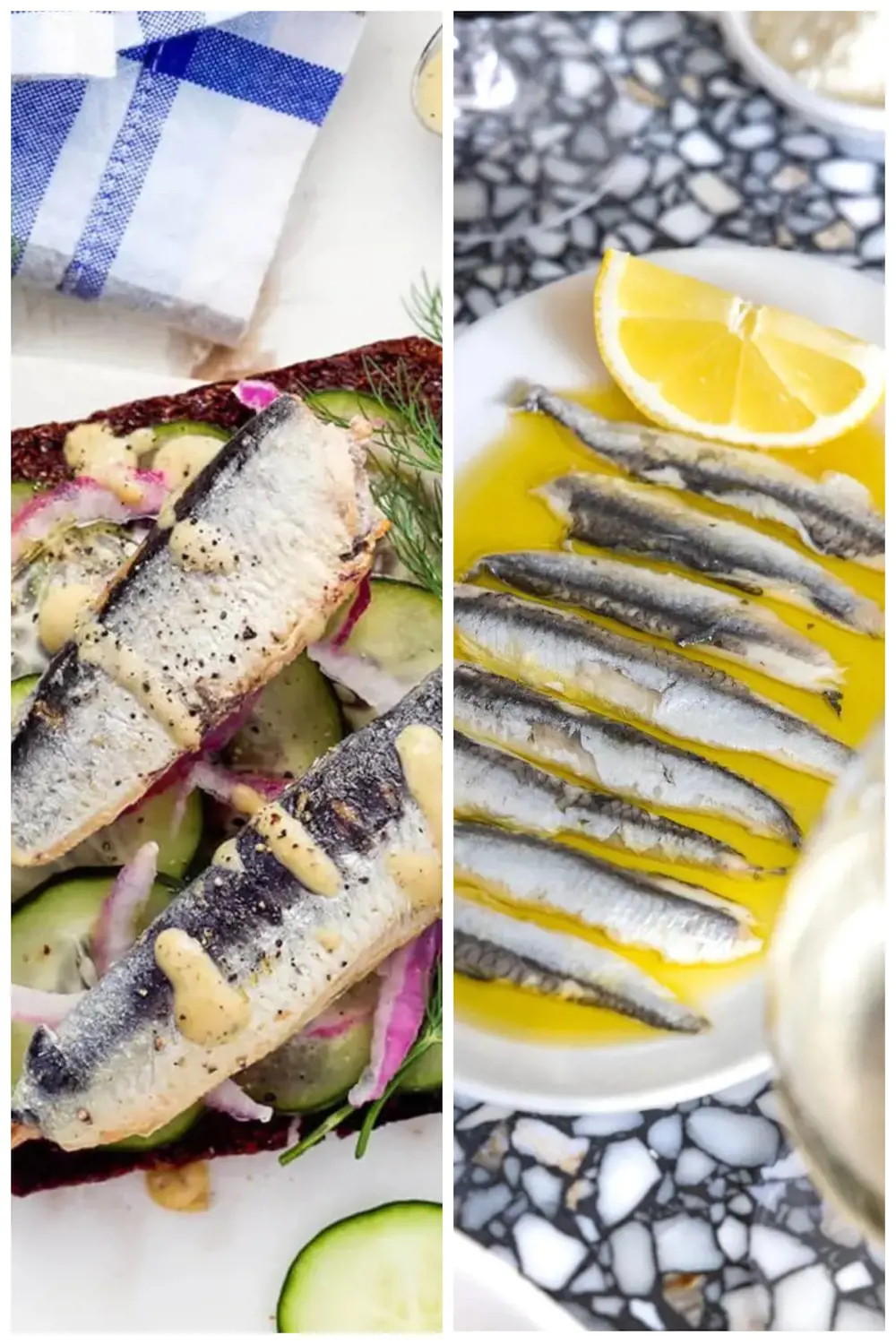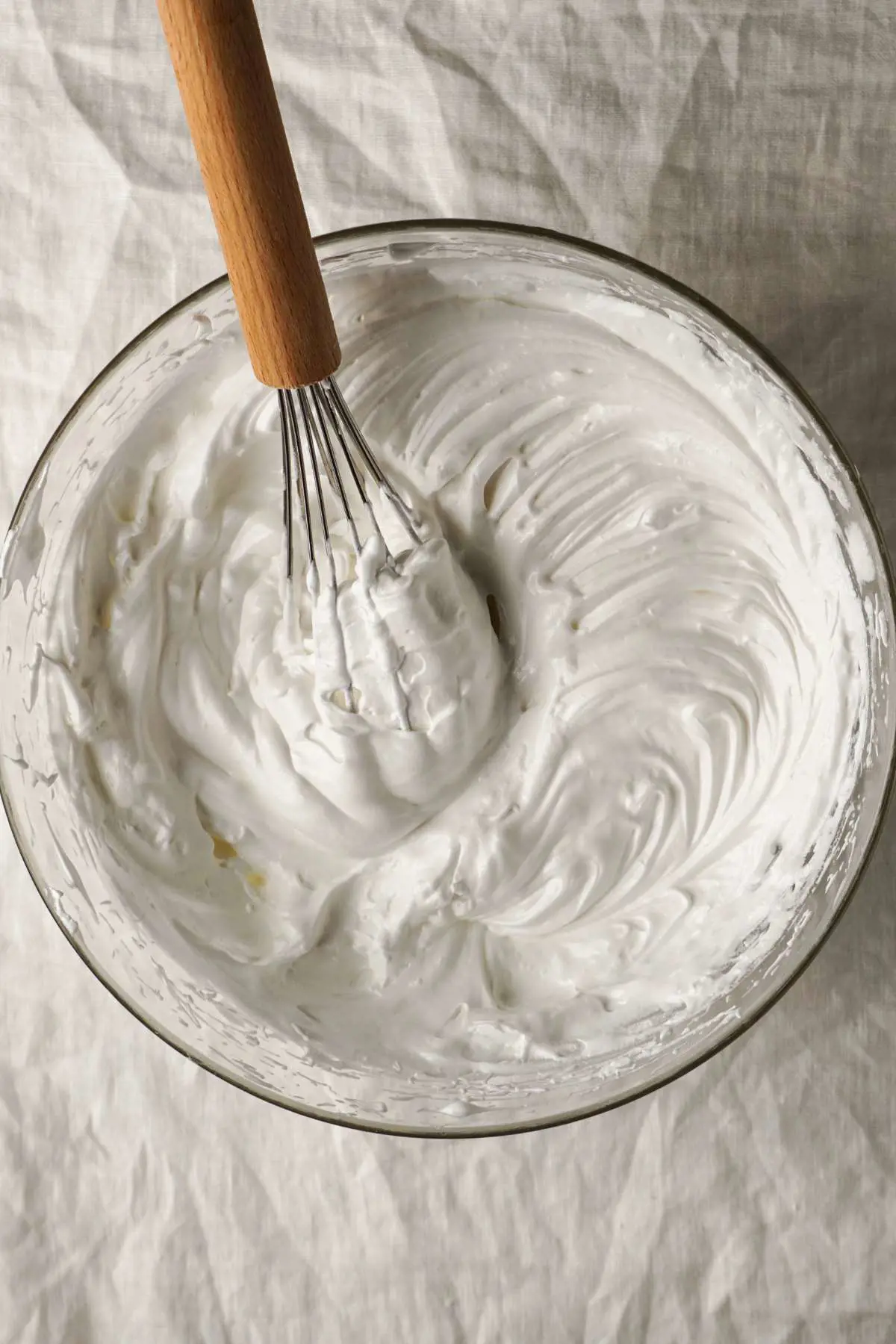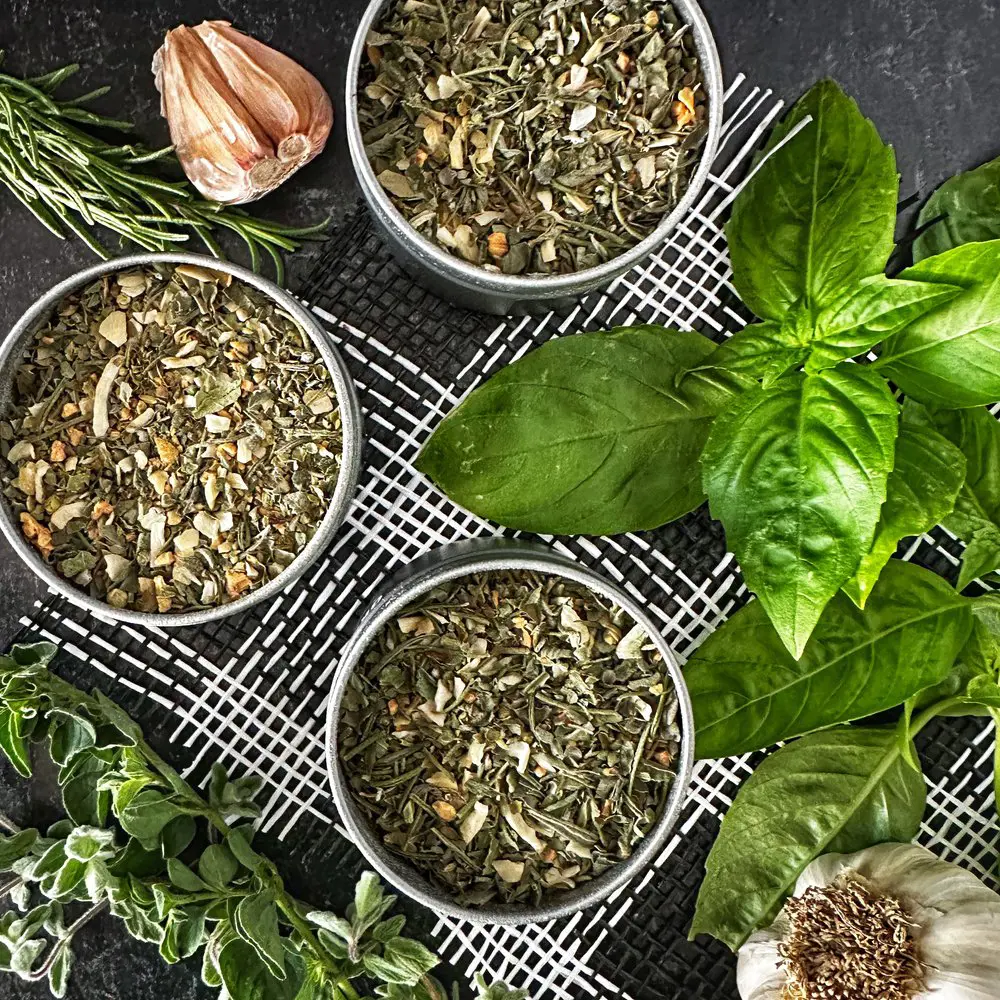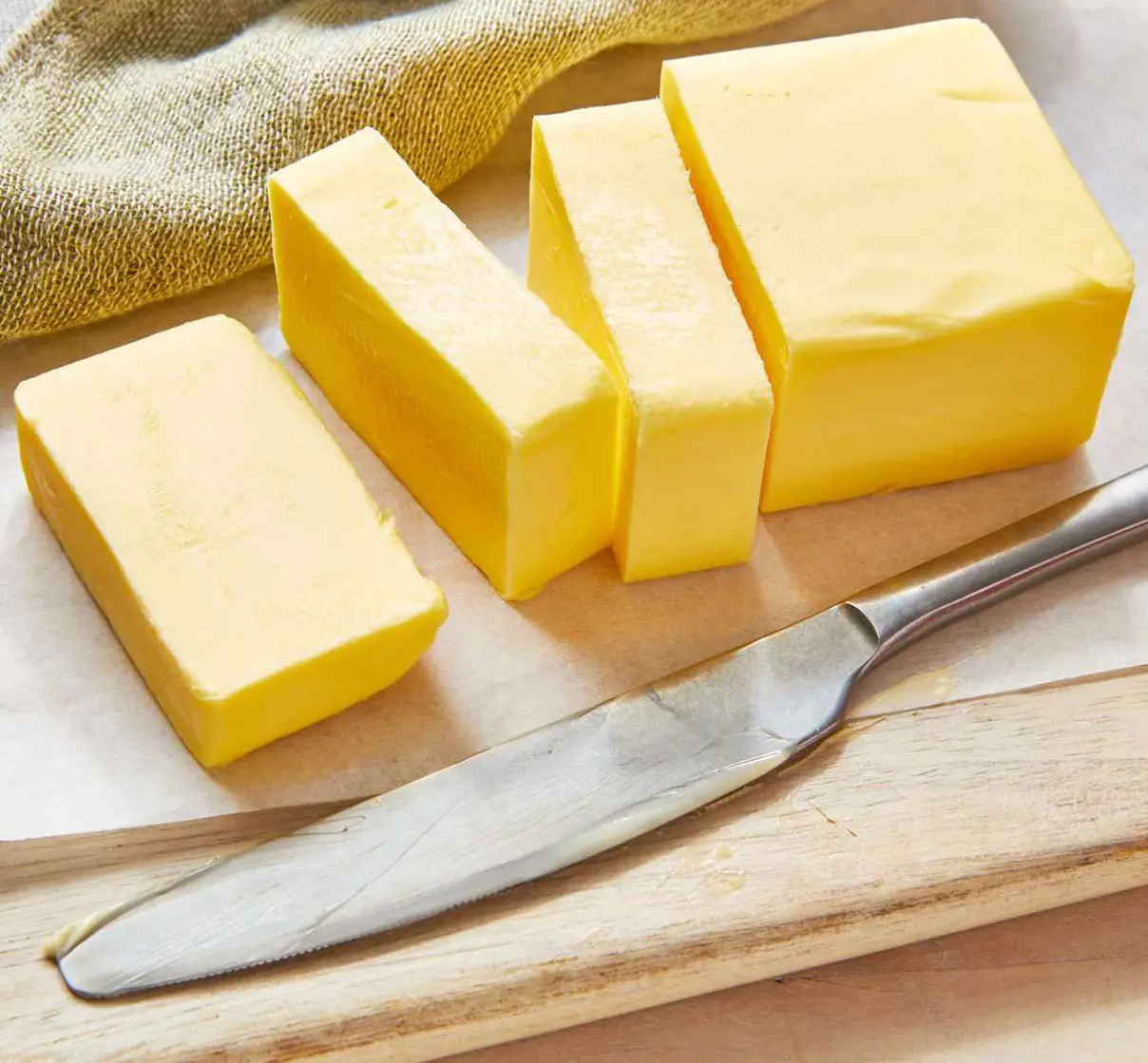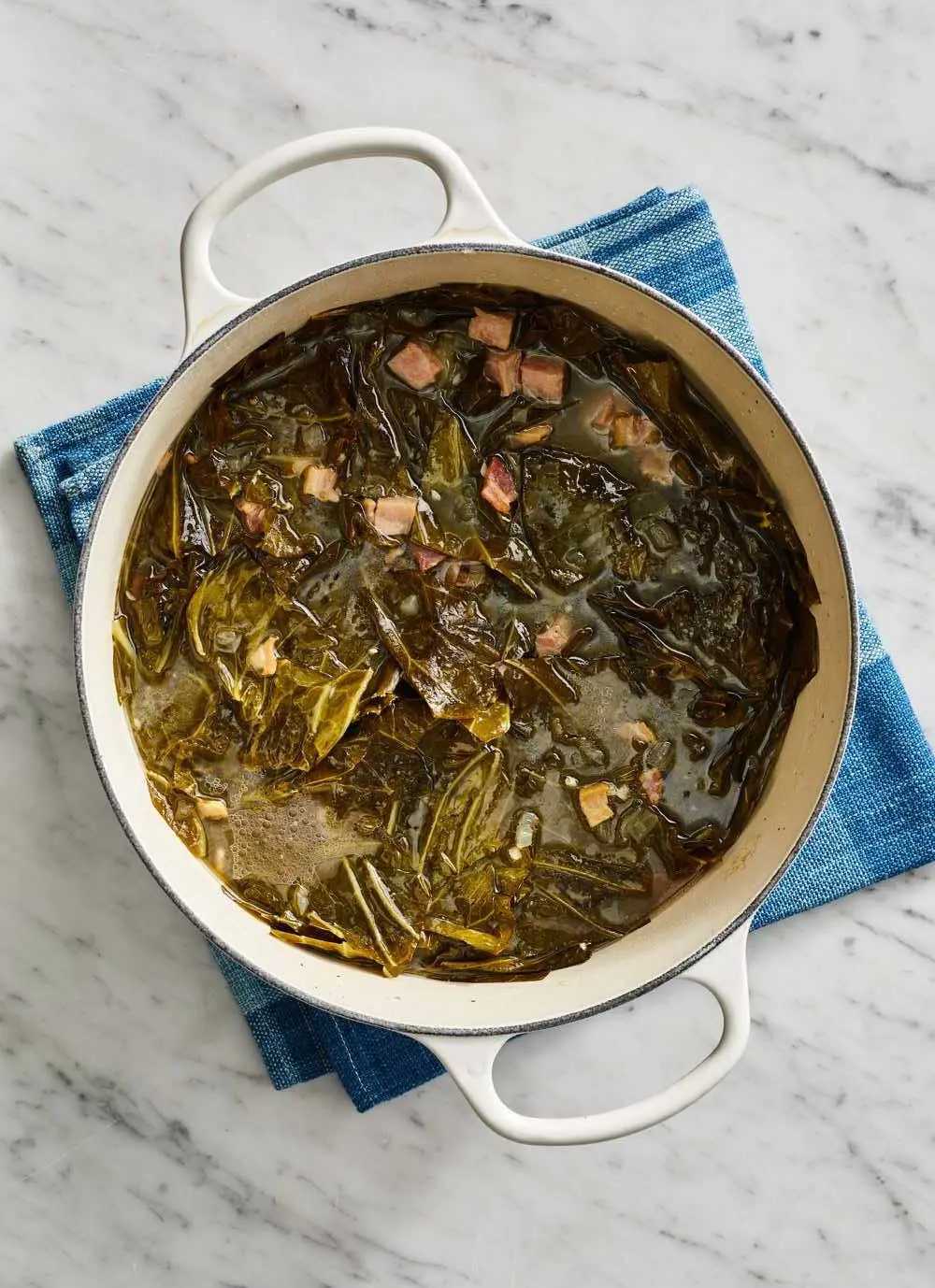Easy Replacements For Hoisin Sauce That Will Do The Trick
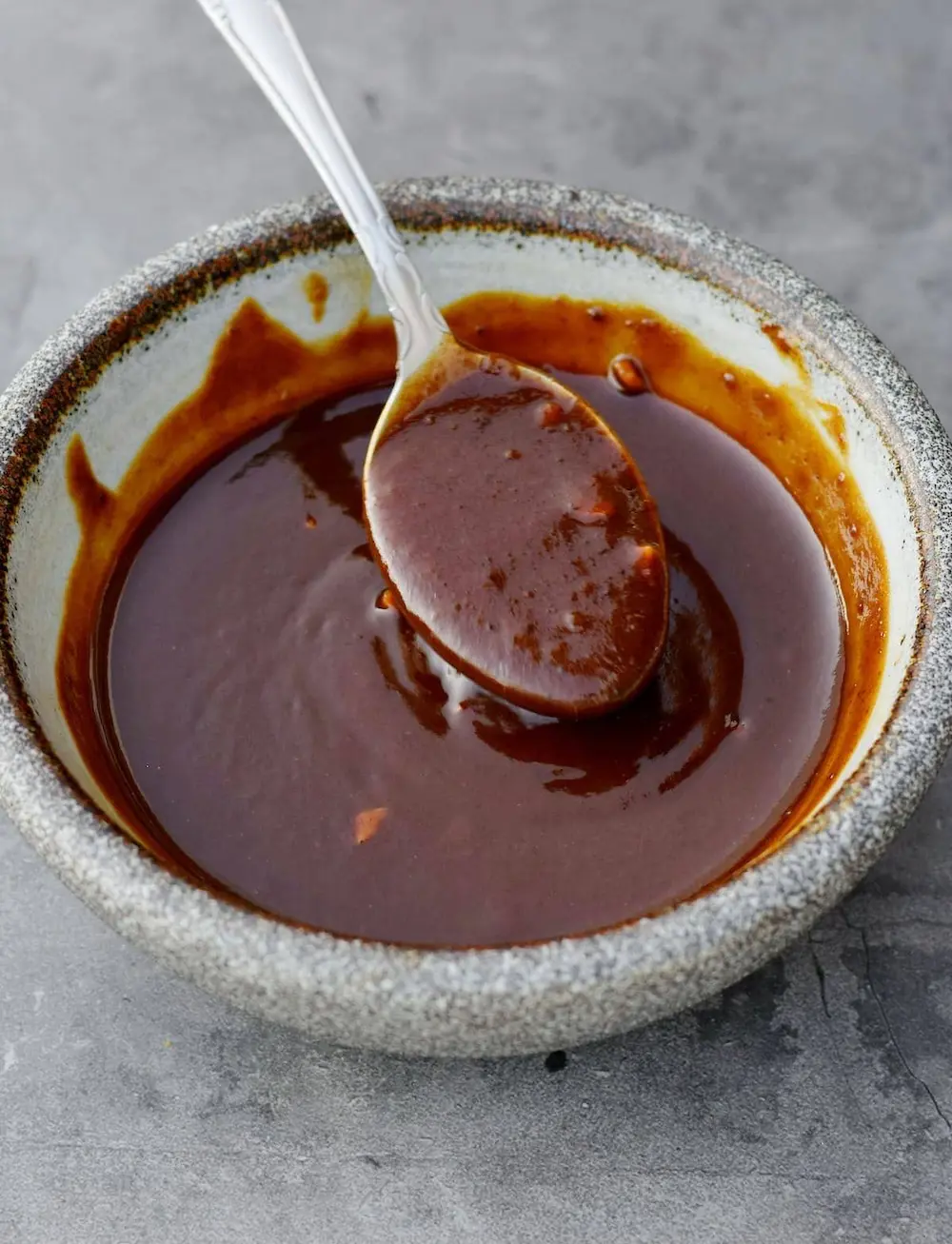
We all know and love hoisin sauce for its savory-sweet flavor profile that adds the characteristics of umami notes in many Asian cuisines. But what do you do when a recipe calls for hoisin and you're fresh out of this versatile condiment?
Don't worry - with a few simple substitutions, you can mimic the taste of hoisin sauce to pull off your favorite recipes. Many of the ingredients can likely be found in your pantry already.
We have 15 hoisin sauce substitutions you can make with basic ingredients like peanut butter, honey mixes, clever fruit and spice blends.
1. Soy Sauce and Spicy Peanut Butter
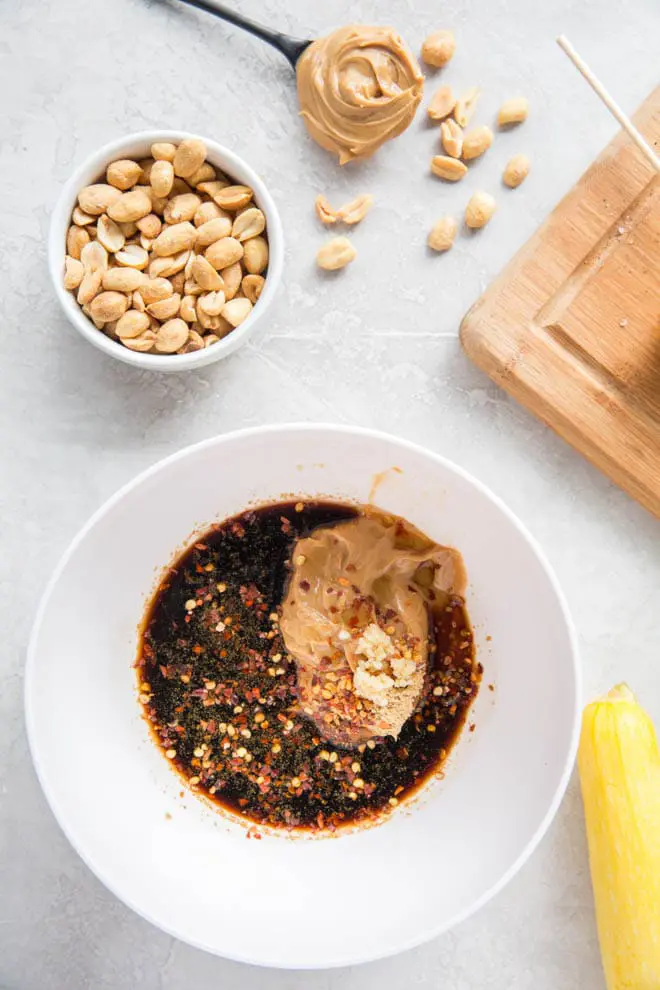
Make a quick hoisin imposter by combining soy sauce, nut butter, and optionally, crushed red pepper. Use a 1:2 ratio of soy sauce to nut butter. Start with 1 tablespoon of soy sauce and 2 teaspoons of peanut or almond butter. Add just a pinch or up to 1⁄4 teaspoon of crushed red pepper if you want some heat.
The nut butter gives a sweet creaminess similar to hoisin. The soy provides salt and umami flavors and the red pepper flakes bring a lively kick. This mixture makes an excellent dipping sauce for eggrolls, wontons or spring rolls. Drizzle it over your favorite Chinese chicken or beef dishes too.
2. Garlic Teriyaki
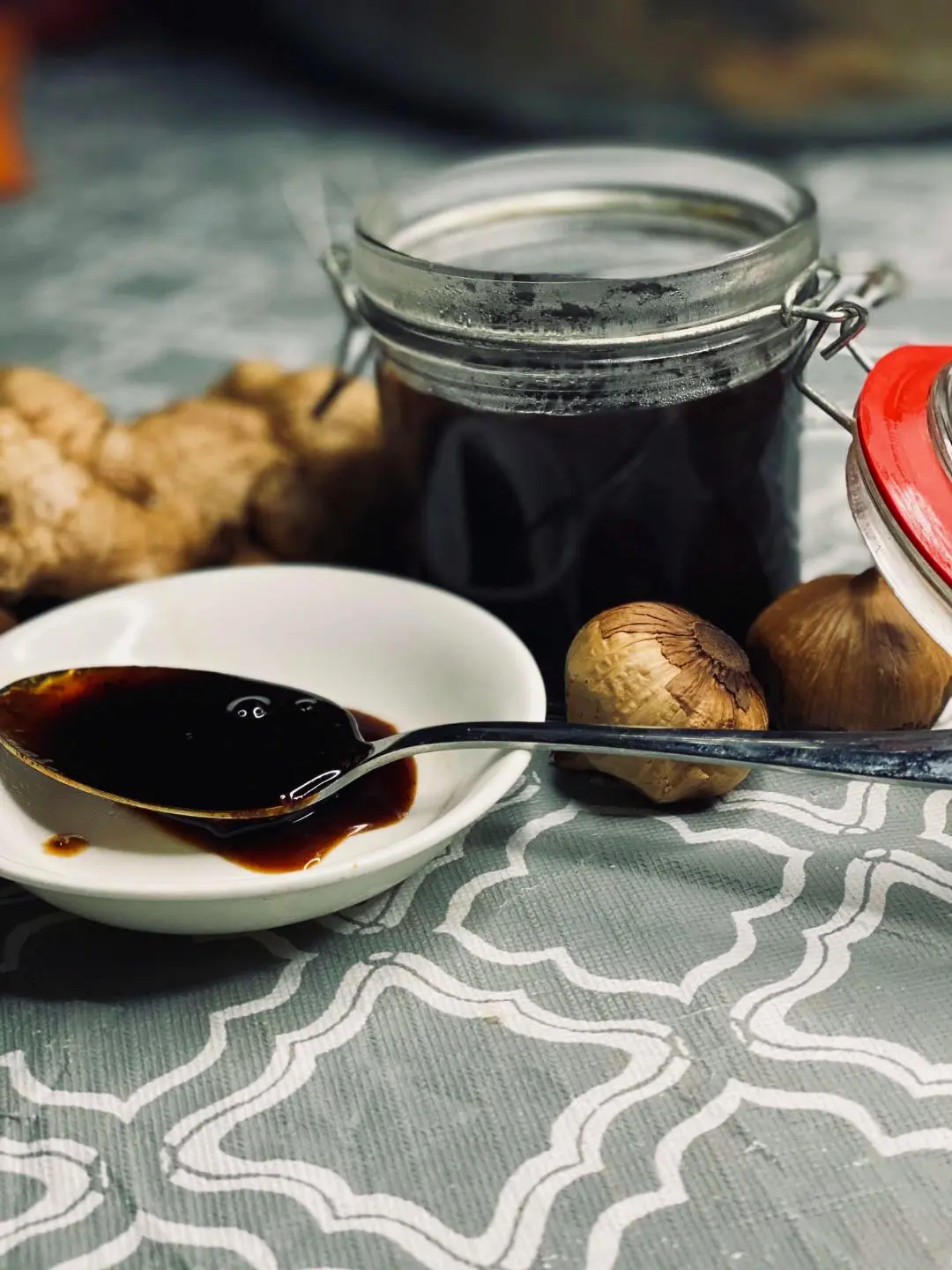
The teriyaki has a balanced sweet and salty taste like hoisin. But when garlic is added to it, it gives the sauce an aromatic dimension. You can also add some sesame oil for extra nuttiness. Blend them together and you have a great marinade or glazing sauce for meats, tofu or vegetables.
As per the proportions, put together teriyaki sauce, minced garlic, and sesame oil. Use equal parts teriyaki and garlic, starting with 1 tablespoon of each. Add 1⁄4 to 1⁄2 teaspoon sesame oil to make the perfect hoisin sauce alternative that has similar aroma and taste to the original.
3. Bean Paste and Brown Sugar
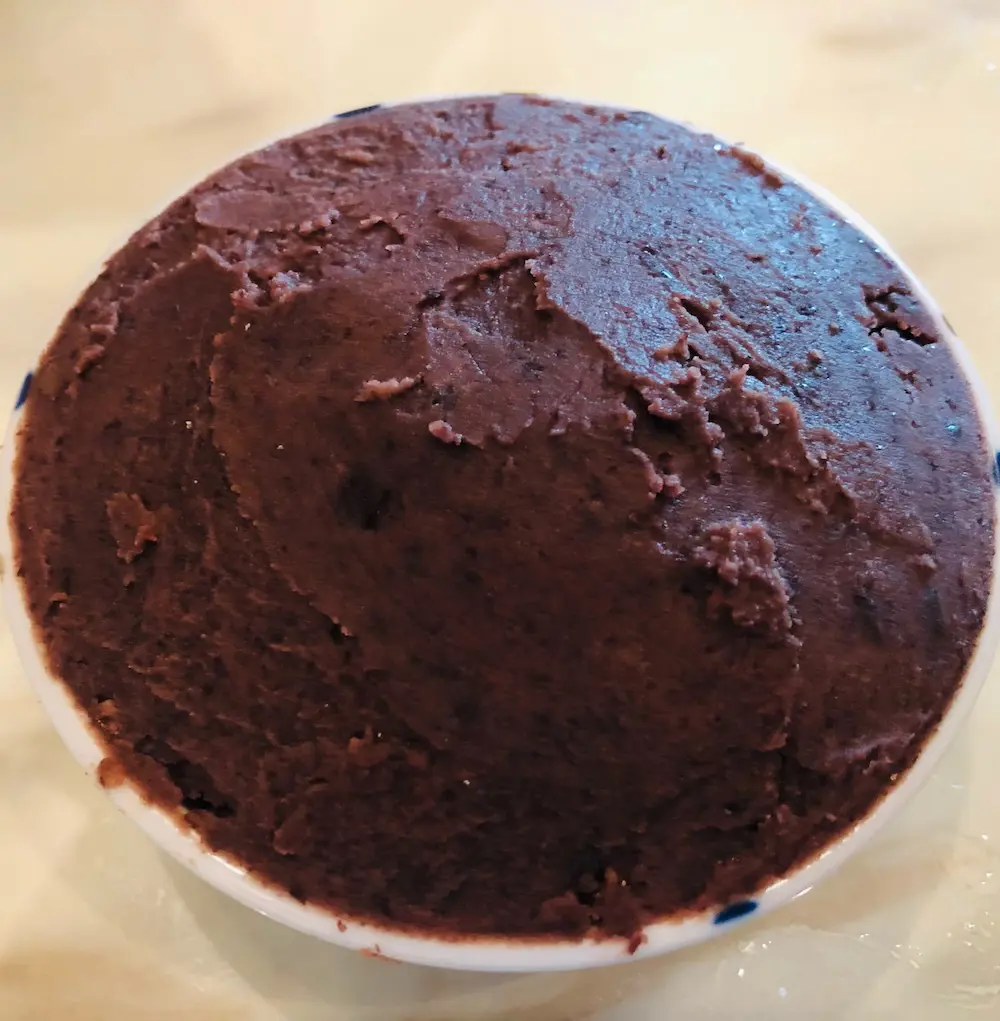
Bean paste or sweet bean sauce contains soft, sweet beans in a thick sauce similar in texture and sweetness to hoisin. Combine it with sugar and vinegar for a hoisin stand-in. Use a ratio of about 4:2:1 - 4 parts bean paste, 2 parts sugar and 1 part vinegar. Start with 1 tablespoon each of bean paste and brown sugar and 1⁄4 teaspoon vinegar.
The brown sugar adds caramel notes while the vinegar gives a bright contrast. Add a pinch of ginger powder too for a little spicy heat and to complement the flavor of the bean paste. This works well in stir-fries, noodle dishes and other Chinese recipes that call for hoisin sauce. Adjust amounts to suit your preferences.
4. Fish Sauce
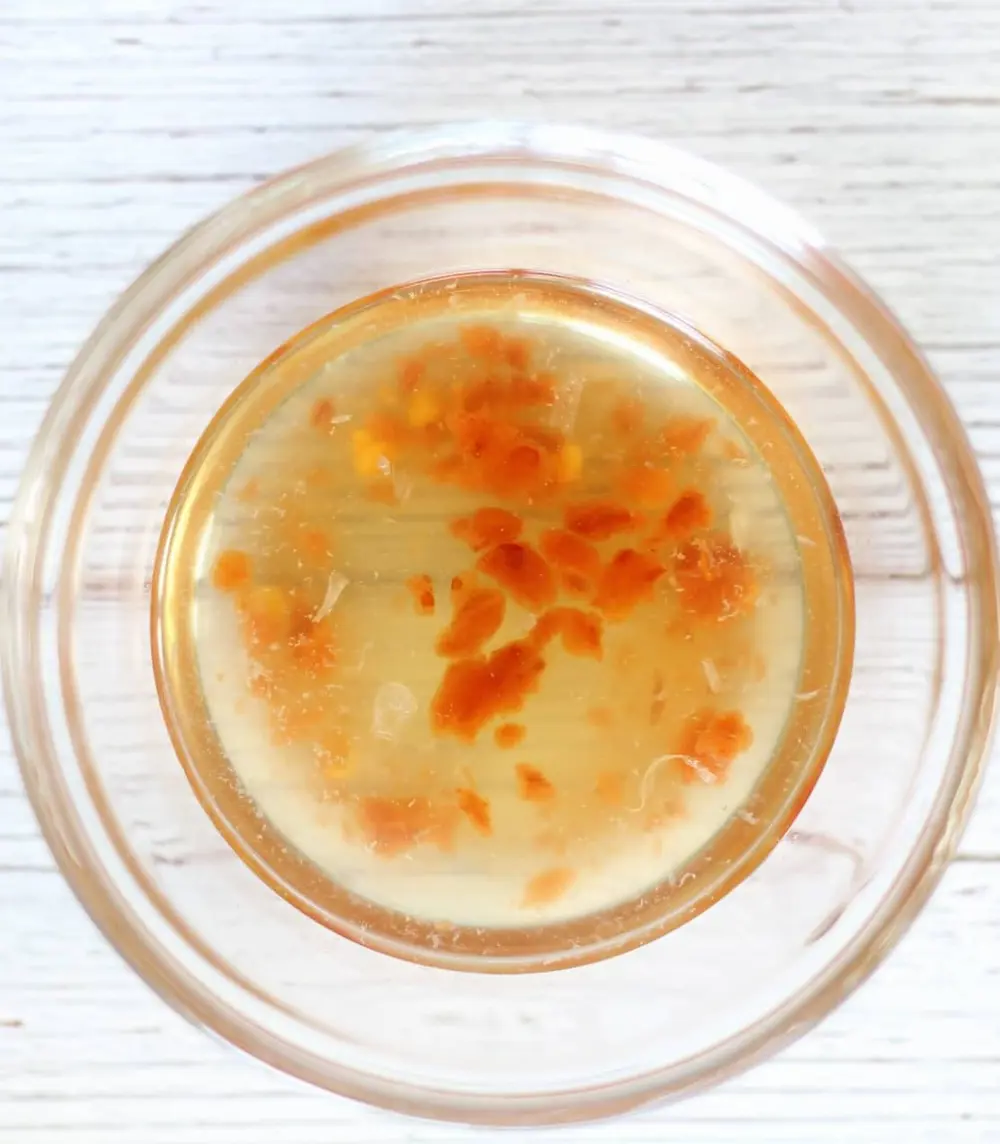
Fish sauce can substitute for hoisin's salty umami taste. Mix it with honey or brown sugar to balance out the fish sauce's savory quality with sweetness. Use about twice as much sweetener as fish sauce. For 1 tablespoon fish sauce, start with 2 teaspoons honey or brown sugar.
The syrupy sweetness helps mellow the potent fish sauce, similar to hoisin's blend of salty and sweet. This sauce makes a great marinade or glaze for meats, especially pork, chicken, and seafood. As it caramelizes, it creates a delicious crust.
5. Sriracha and Molasses
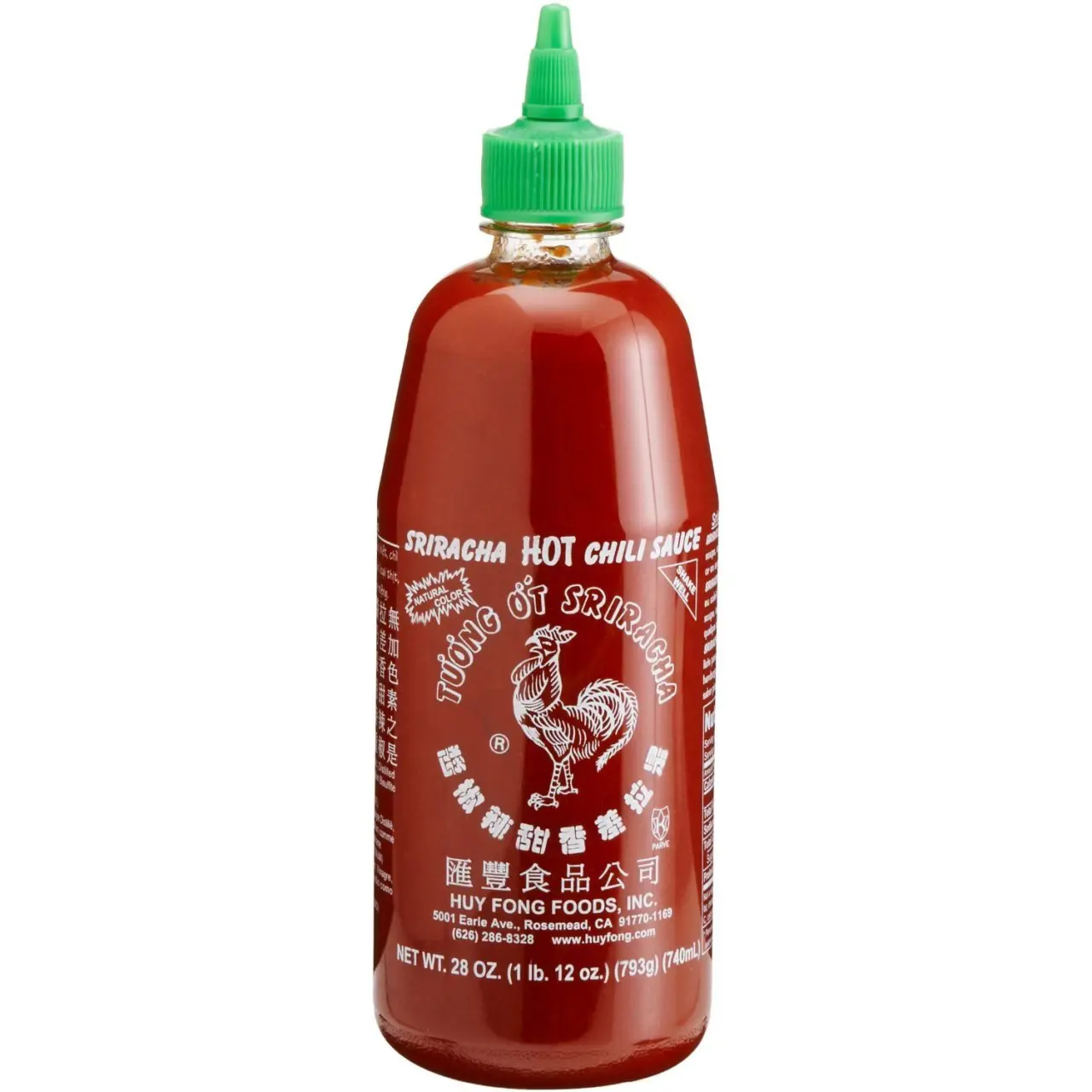
In this case, the molasses provides a rich, dark sweetness akin to hoisin whereas the Sriracha brings sweetness too along with its signature tangy heat. So when blended together, they make for a sweet and spicy sauce for a finger-licking glaze for ribs, wings, meatloaf, or tofu.
As per the swap, use equal parts to start - 1 tablespoon sriracha and 1 tablespoon molasses should suffice. Add more molasses to increase the sweetness, or extra sriracha to really turn up the heat.
6. Garlic and Prunes
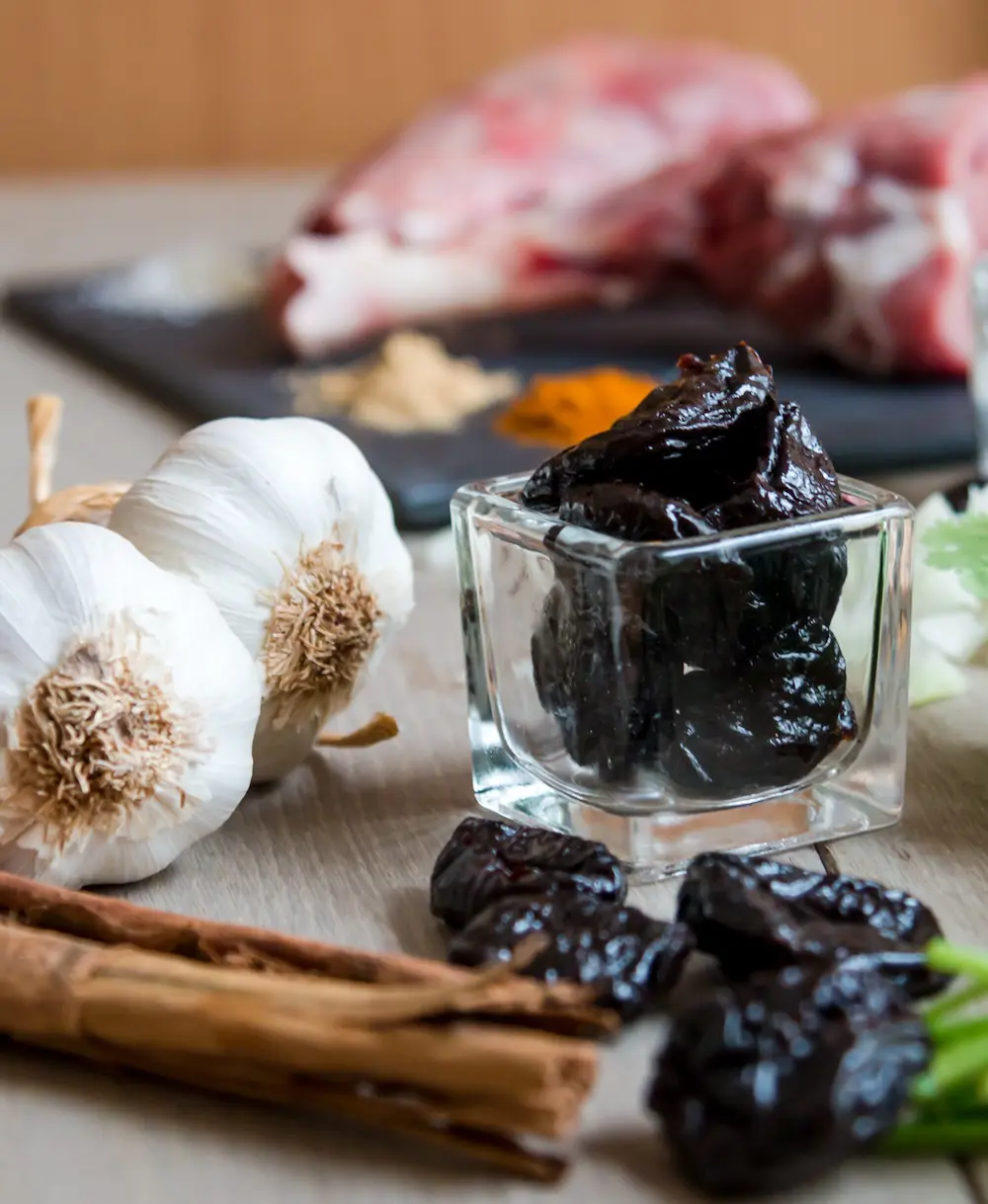
For an umami-packed hoisin replacement, puree garlic and prunes together. Use about 2 parts garlic to 1 part prunes. Blend 4 cloves garlic with 8-10 prunes, adding water as needed to reach a smooth consistency.
When pureed, the prunes offer an intensely sweet, thick texture similar to hoisin. Garlic has a savory, aromatic quality that balances the sweetness. Use this as a base for marinades and stir-fries. It's also great with chicken, pork, tempeh or noodle dishes.
7. Barbecue Sauce
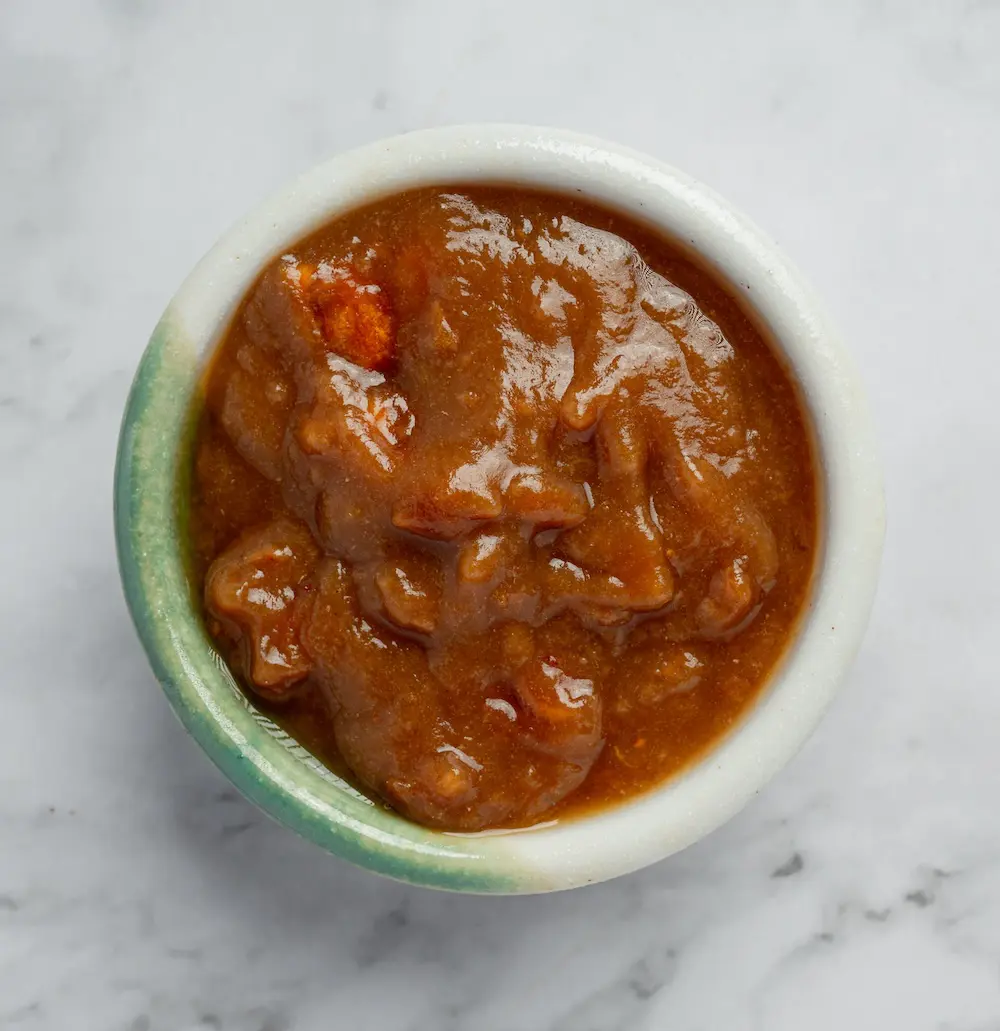
Barbecue sauce is a surprisingly fitting stand-in for hoisin. Look for a brand without overly smoky flavors. The sweet tomato base along with spices like garlic, ginger and five-spice powder found in barbecue sauce mimic flavors in hoisin pretty successfully.
Use an equal amount of barbecue sauce in place of hoisin. To ensure the aroma and depth of flavor come through, add extras like a pinch of Chinese five-spice powder, a drop of sesame oil or a sprinkle of garlic powder. Use it as a glaze for meats or tofu before broiling or grilling. Because the barbecue sauce has some sweetness, it caramelizes as it cooks over the meats to make a delicious crust.
8. Garlic with Miso, Mustard and Raisins
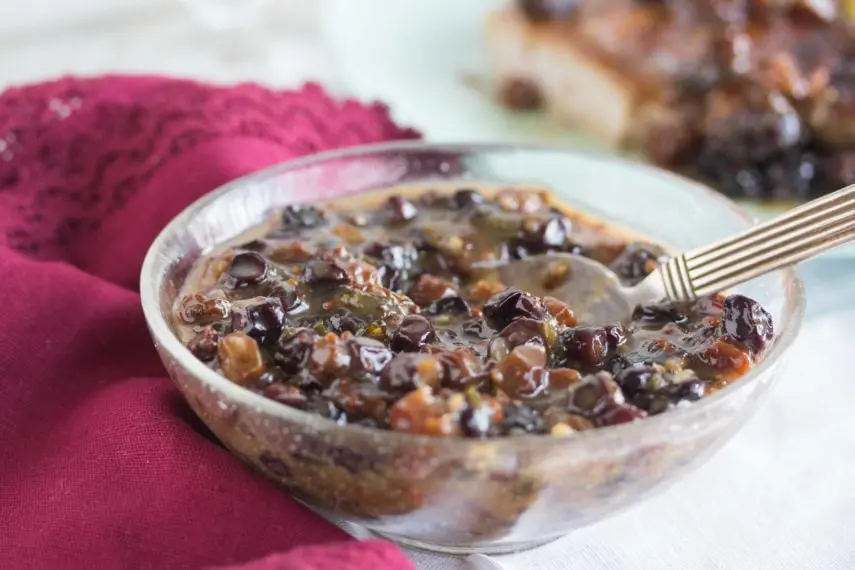
Blend together garlic, miso, mustard and raisins for an umami-rich hoisin substitute. Use a ratio of about 2:1:1:1. Sauté 2 cloves minced garlic, then mix with 1 tablespoon miso, 1 tablespoon Dijon mustard and 1 tablespoon raisins.
The miso provides a salty, fermented flavor that is characteristic of hoisin. Dijon mustard adds tangy spice while raisins lend sweetness. Sautéing the garlic deepens its aromatic quality. Use this sauce in stir-fries, noodles and grilled or roasted meats. Adjust proportions as desired based on the dish and the flavors you're looking for.
9. Black Bean and Plums
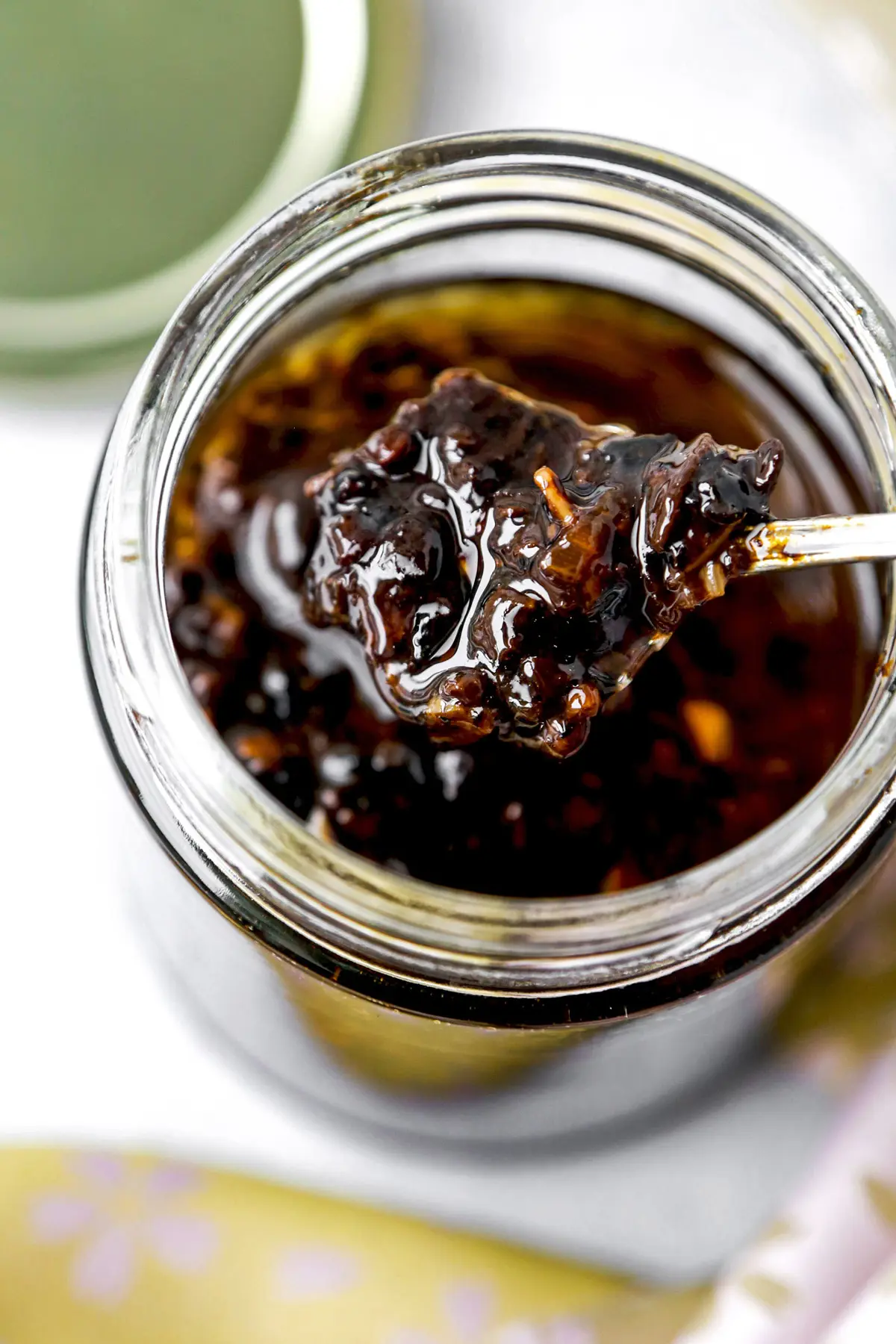
Puree black beans and plums together for a sweet bean sauce replacement that mimics the flavors of hoisin sauce. Use equal parts black beans and pitted plums, blending with water to reach a smooth consistency. Start with 1/4 cup each.
The black beans offer protein-rich thickness like bean paste in hoisin. Plums provide a concentrated sweet fruitiness that aligns with hoisin's sugar content. Use this as a glaze for poultry and pork or in Asian-inspired dishes. It is similar to the bean paste and brown sugar mixture but it has more of a rounded flavors due to the prunes.
10. Kecap Manis
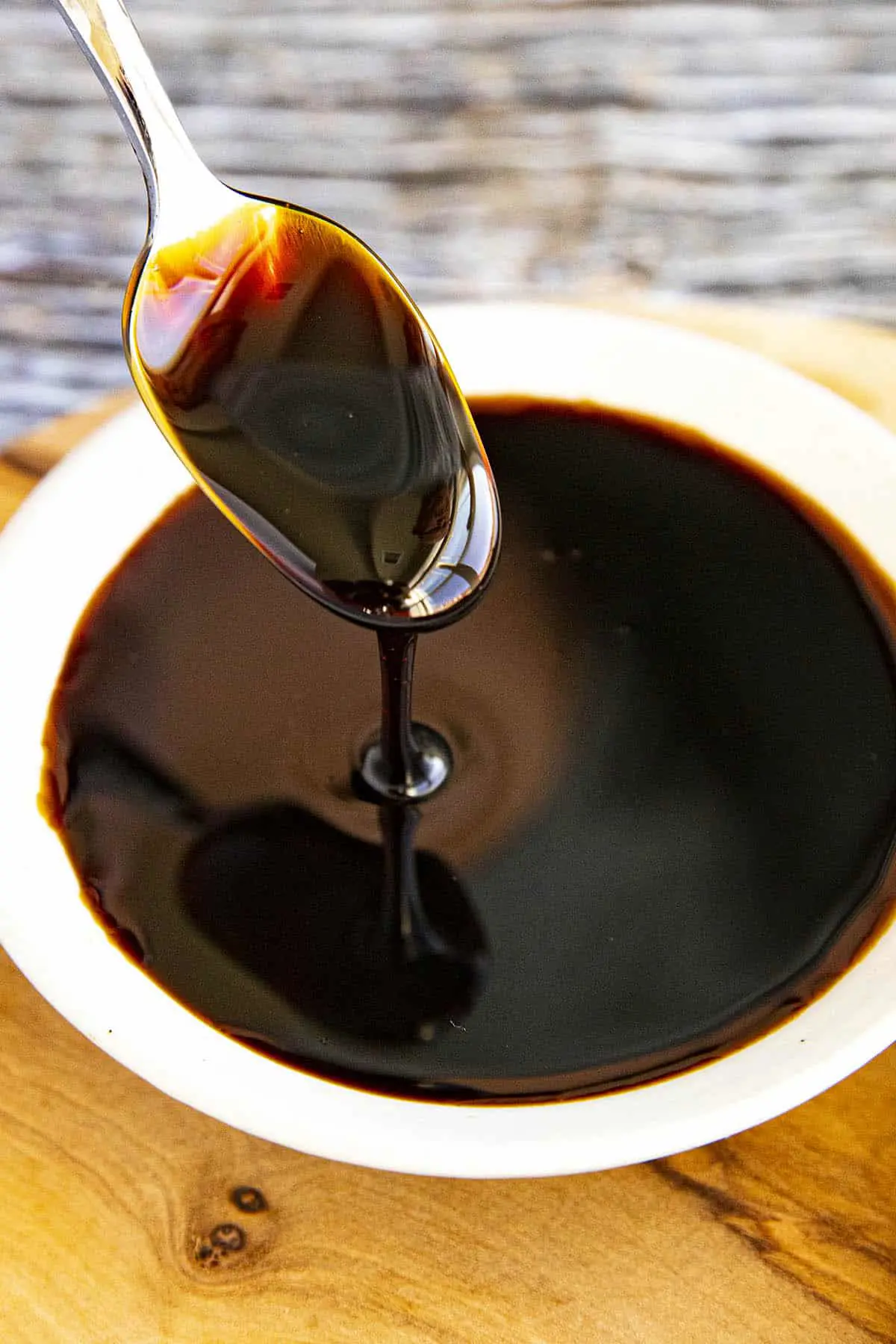
Kecap manis is an Indonesian sweet soy sauce that makes a tasty hoisin substitute. Its name means "sweet sauce" in Indonesian and has a thick, syrupy consistency, making it quite popular in Southeast Asian cooking.
Kecap manis has a similar salty-sweet profile to hoisin. While using as an alternative, use an equal amount in place of hoisin in marinades, stir-fries and glazes. Add extras like garlic, ginger or Chinese five-spice powder to round out the flavor if needed. It shines when used to coat meat or tofu before grilling or roasting. Look for it at Asian grocery stores or in the international aisle of well-stocked supermarkets.
11. Oyster Sauce
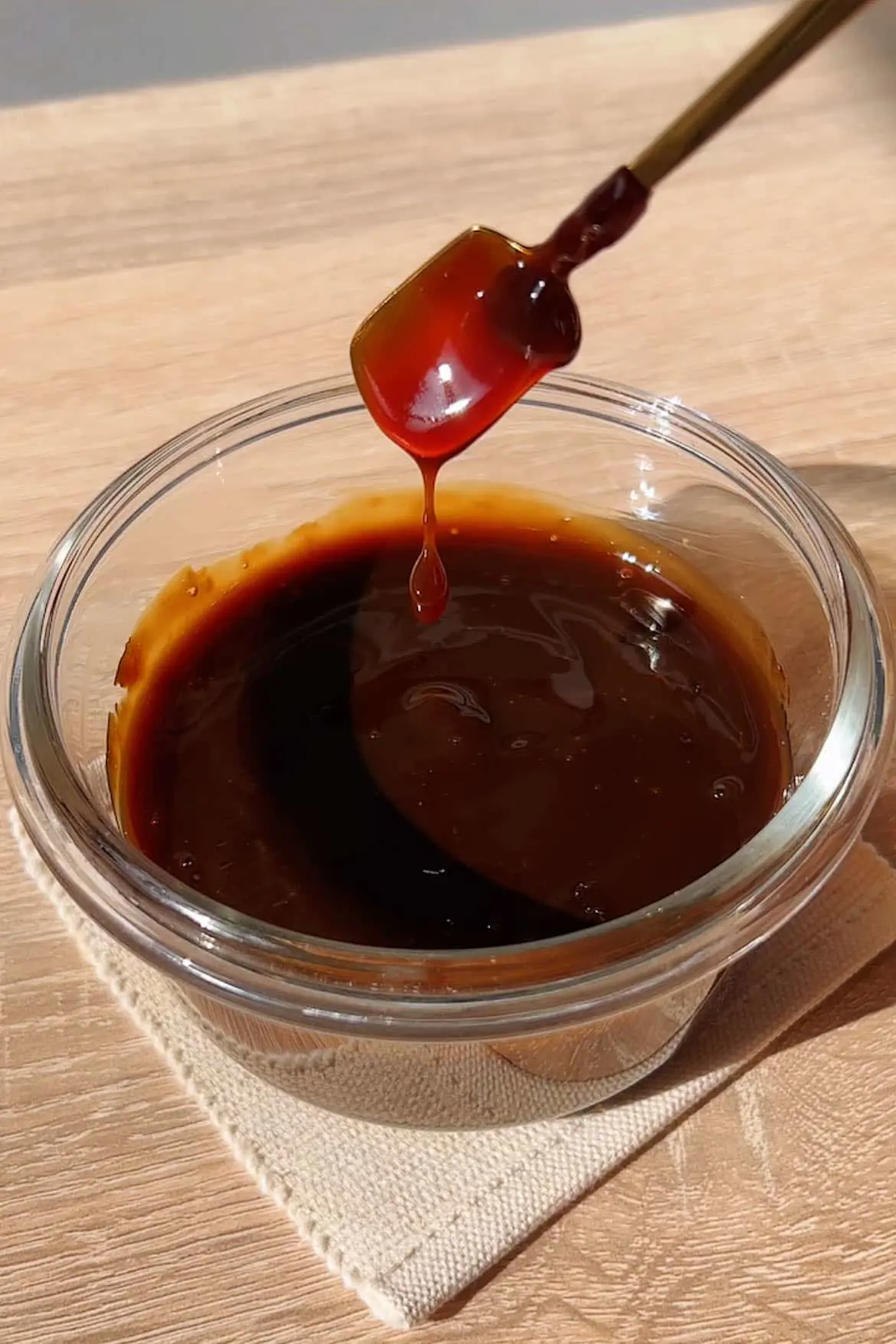
Oyster sauce is a ubiquitous ingredient in Chinese cooking, known for its rich umami flavor. Interestingly, you can use it in place of hoisin in a 1:1 ratio. To balance the savory taste, add sweetness with 1 teaspoon of sugar, honey, or molasses per tablespoon of oyster sauce.
Further boost the aroma by sautéing minced garlic and fresh ginger with the oyster sauce. This gives a complex flavor akin to hoisin that works well in stir-fries, noodle dishes and grilled or roasted vegetables.
12. Ginger and Plum Jam
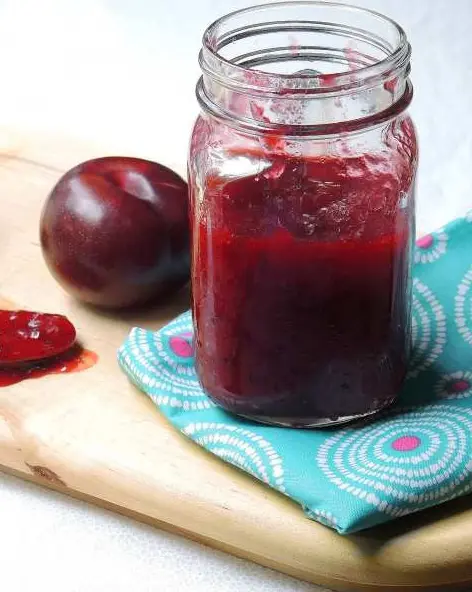
For a sweeter hoisin substitution, use ginger and plum jam mixture in your recipes. Start by pureeing fresh ginger root with plum jam. Use a 2:1 ratio. Blend a 2 inch knob of minced ginger with 1⁄4 cup plum jam, adding water to thin as needed.
The ginger provides a spicy, aromatic element to replace hoisin's ginger notes. The plum jam offers intense fruity sweetness in place of whole plums, which can be difficult to find. Use this as a glaze for poultry, stirred into fried rice or with grilled tofu.
13. Peanut Butter With Honey
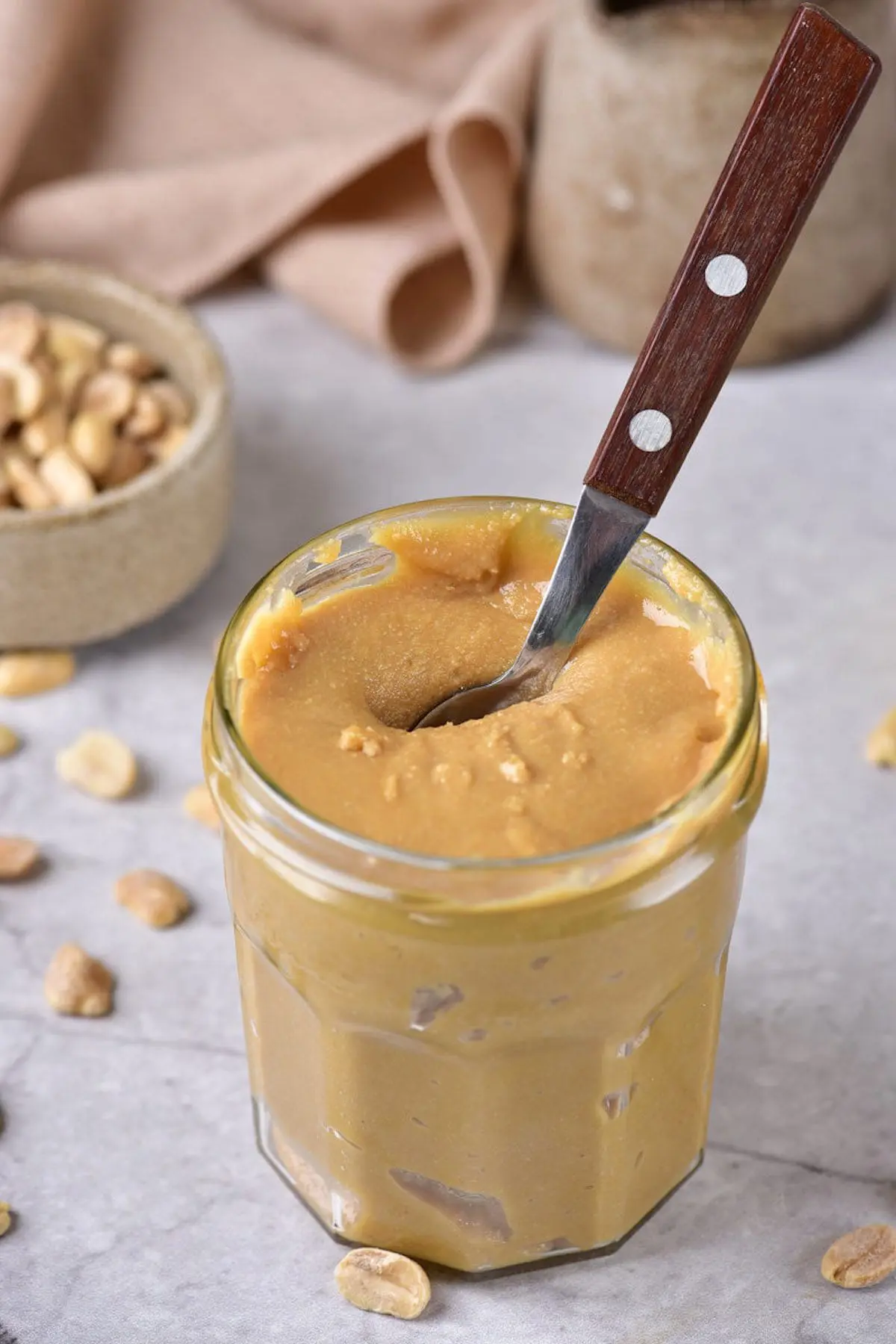
Peanut butter paired with honey is yet another accessible and quick hoisin stand-in. The peanut butter provides nutty richness and body similar to hoisin. Honey lends sweetness to balance out the peanut butter's natural saltiness. For more complexity, add a pinch of five-spice powder, grated ginger, sesame oil or rice vinegar. Because of the sweetness, this can be used as a glaze for meatloaf or to dress noodles that call for a sweet element.
To make this, start with a 1:1 ratio of peanut butter and honey. For 1 tablespoon peanut butter, mix in 1 tablespoon honey.
14. Tamarind Paste
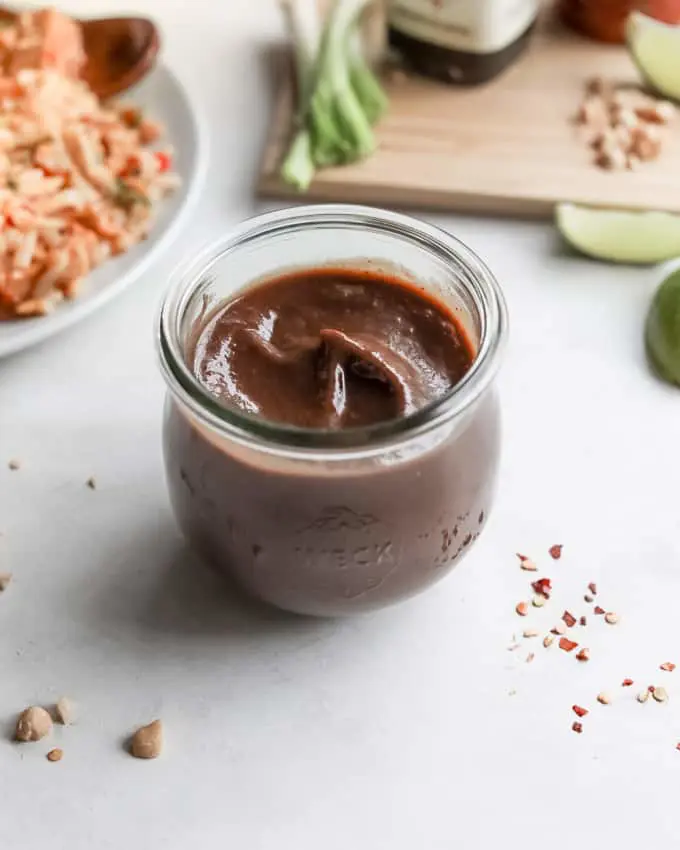
Tamarind paste is a rather flavorful hoisin alternative. Tamarind is a pod-like tropical fruit with a sour-sweet taste. Its pulp is processed into a thick paste used in Indian and Southeast Asian cuisines. This same feature makes it a good alternative to hoisin sauce.
To make sure that the transition is seamless, mix tamarind paste with honey or brown sugar to introduce a sweetness and make it a sweet-tangy mixture that is often associated with hoisin sauce. hoisin’s sweet-tangy profile. You can also add spices like cinnamon, cloves or cumin for warmth. Tamarind paste is not as accessible as other ingredients on this list but you can look for it at specialty markets or online.
15. Homemade Hoisin Sauce
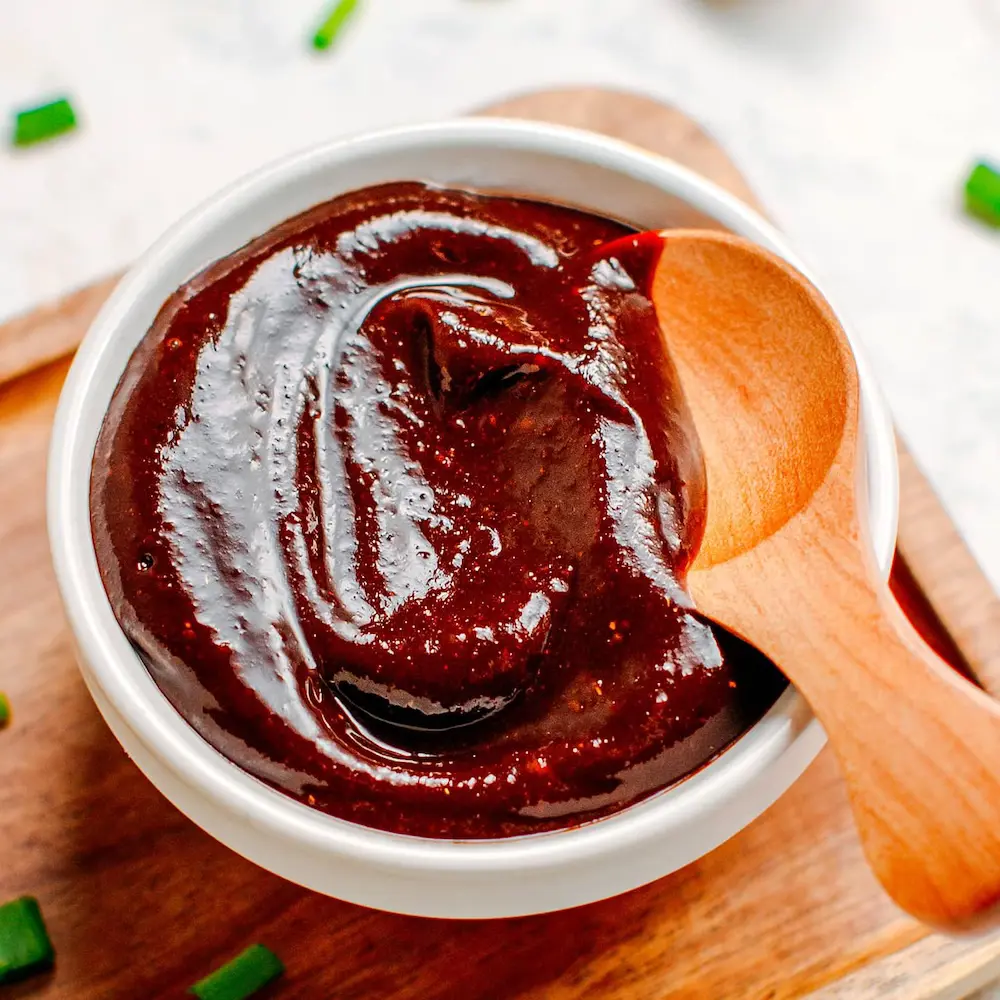
Did you know you can make your own hoisin sauce at home with just a few ingredients like miso paste, peanut butter, garlic, rice vinegar, and Chinese five-spice powder? What makes this homemade version a possible option for some is that most of these are pantry staples and quite easy to find in grocery stores.
Simply blend together equal parts miso and peanut butter. Mix in minced garlic, five-spice powder, vinegar, and a touch of sesame oil. Thin with water to reach a thick but pourable consistency and voila! Use it as you would store-bought hoisin.
Recent posts
Kitchen Tips
Kitchen Tips
Best Ways To Reheat Salmon
Salmon is a delightful fish that is consumed by many people. The reason is its flavors and nutritional benefits. Whether be it a normal dinner night or any occasion, you will find salmon on the plate. Having leftover salmon makes you think how ...
Kitchen Tips
3 Methods To Defrost Salmon Without Ruining It
Salmon makes everyone delighted at dinnertime, and it's easy to see why. While fresh salmon from the store tastes wonderful, sometimes life gets too busy for shopping trips. That's when frozen salmon becomes your kitchen hero! With the right defrosti...
Kitchen Tips
Sardines vs Anchovies: What Sets These Pungent Fish Apart?
Sardines and anchovies are both types of small, oily fish that are widely used in food around the world. Both sardines and anchovies are marine or saltwater fish. They are commonly found in coastal waters and are part of the vast array of species tha...
Kitchen Tips
14 Heavy Cream Substitutes For Cooking
Heavy cream, also known as heavy whipping cream, is a luxurious dairy product celebrated for its rich and velvety texture. The cream is made by skimming the fat content from fresh cow's milk with about 36-40% milk fat. However, there are severa...
Kitchen Tips
20 Best Italian Herbs And Seasoning Spices
Italian cuisine is known for its simplicity and the use of locally produced, high-quality, fresh ingredients. One of the reasons behind this is the skillful use of herbs and spices to enhance flavors and create diverse taste profiles. Depending on wh...
Kitchen Tips
15 Butter Replacement Products When You Run Out Of It
Butter makes everything better. It is a kitchen staple that can be found in pretty much everyone's pantry. From baking to sauteeing, we use this ingredient in the kitchen pretty much every day. So, it is natural for us to look for alternatives for da...

